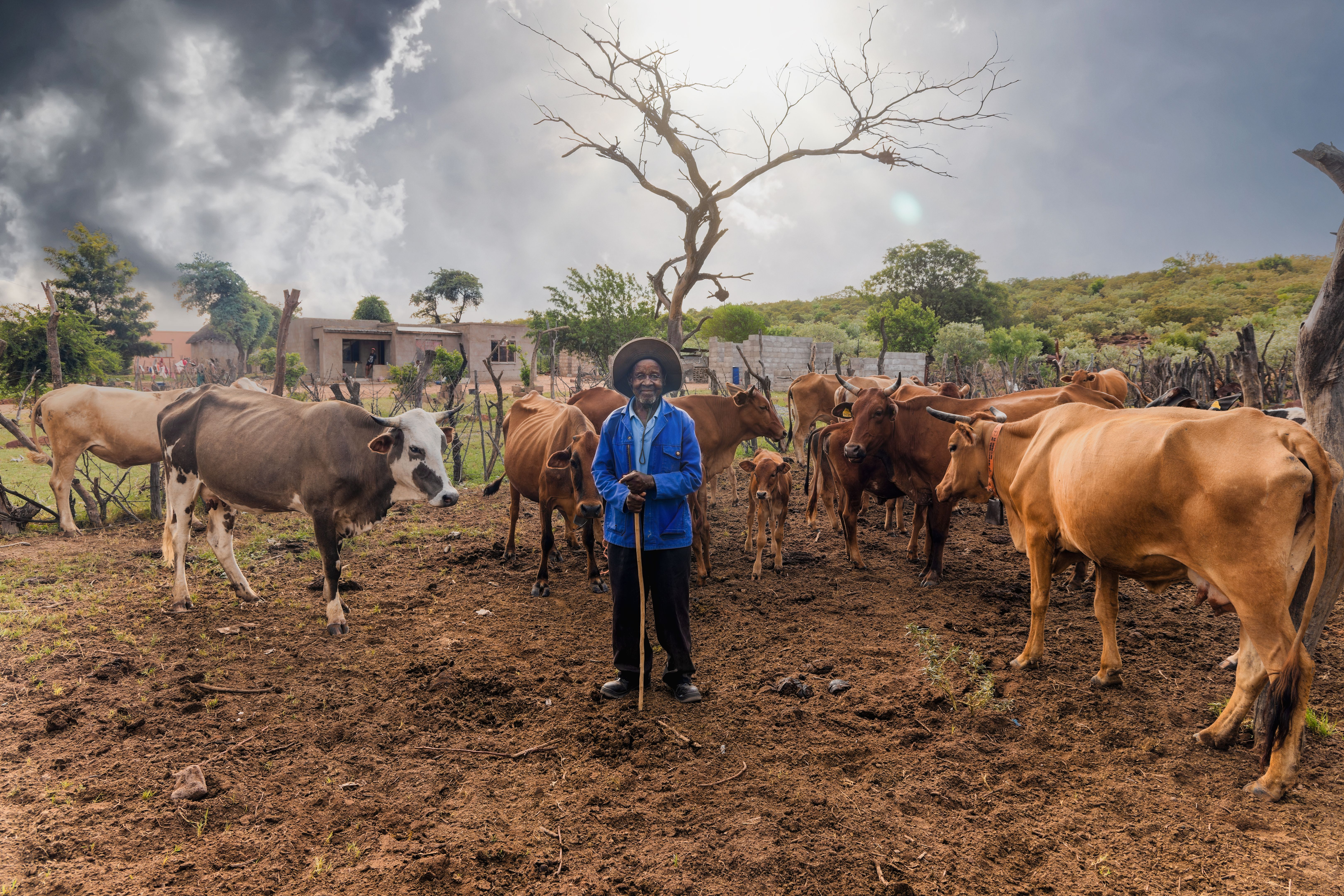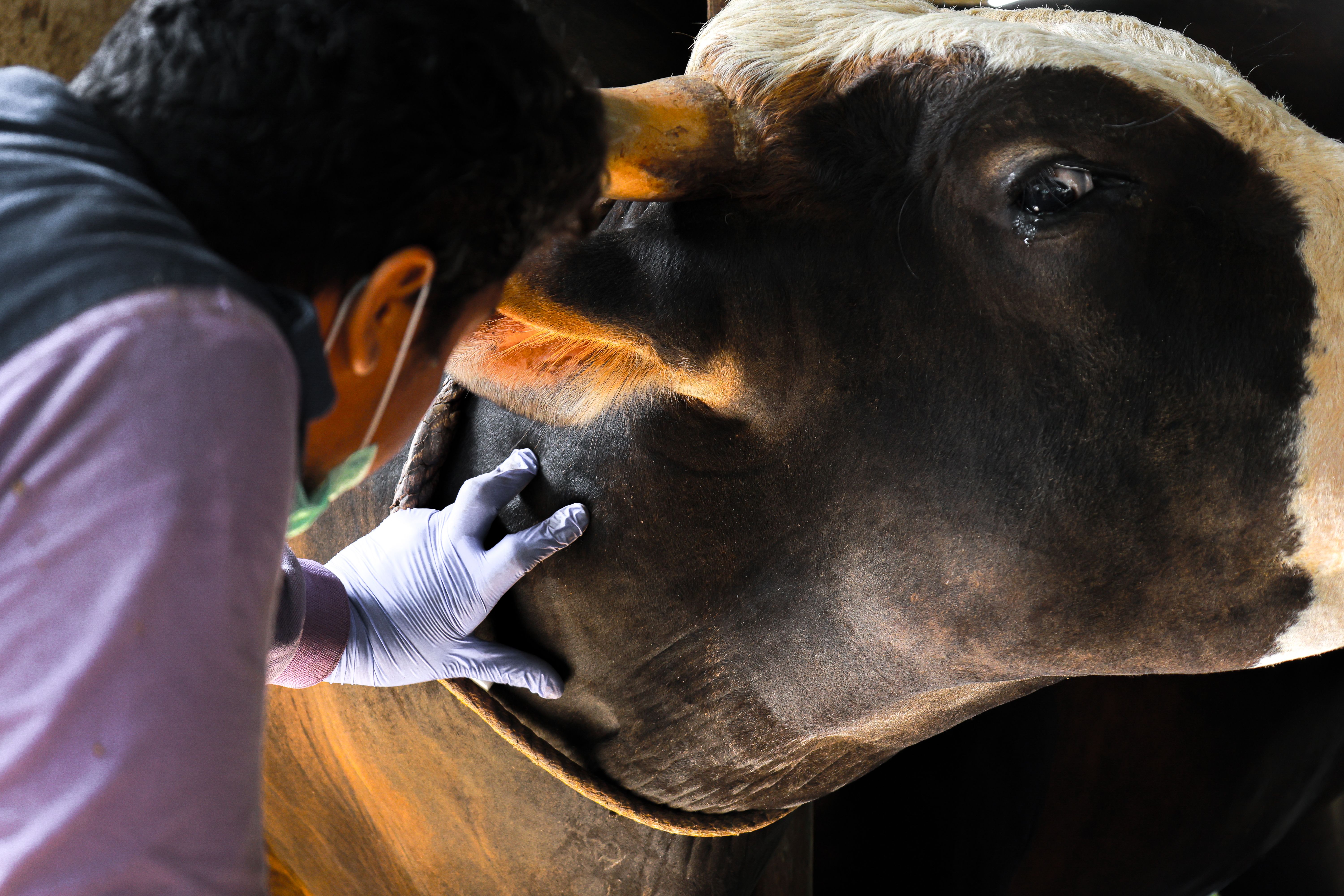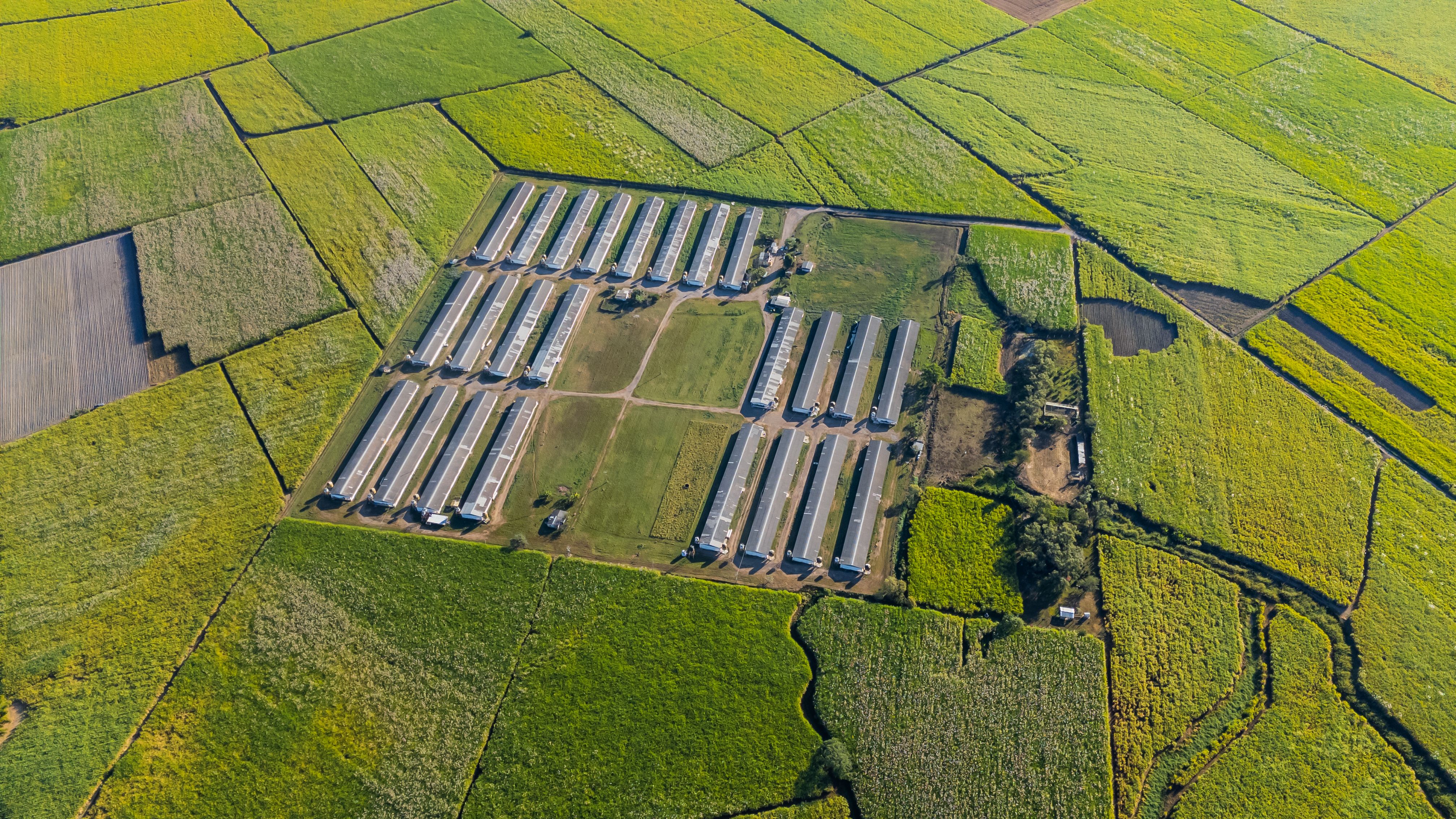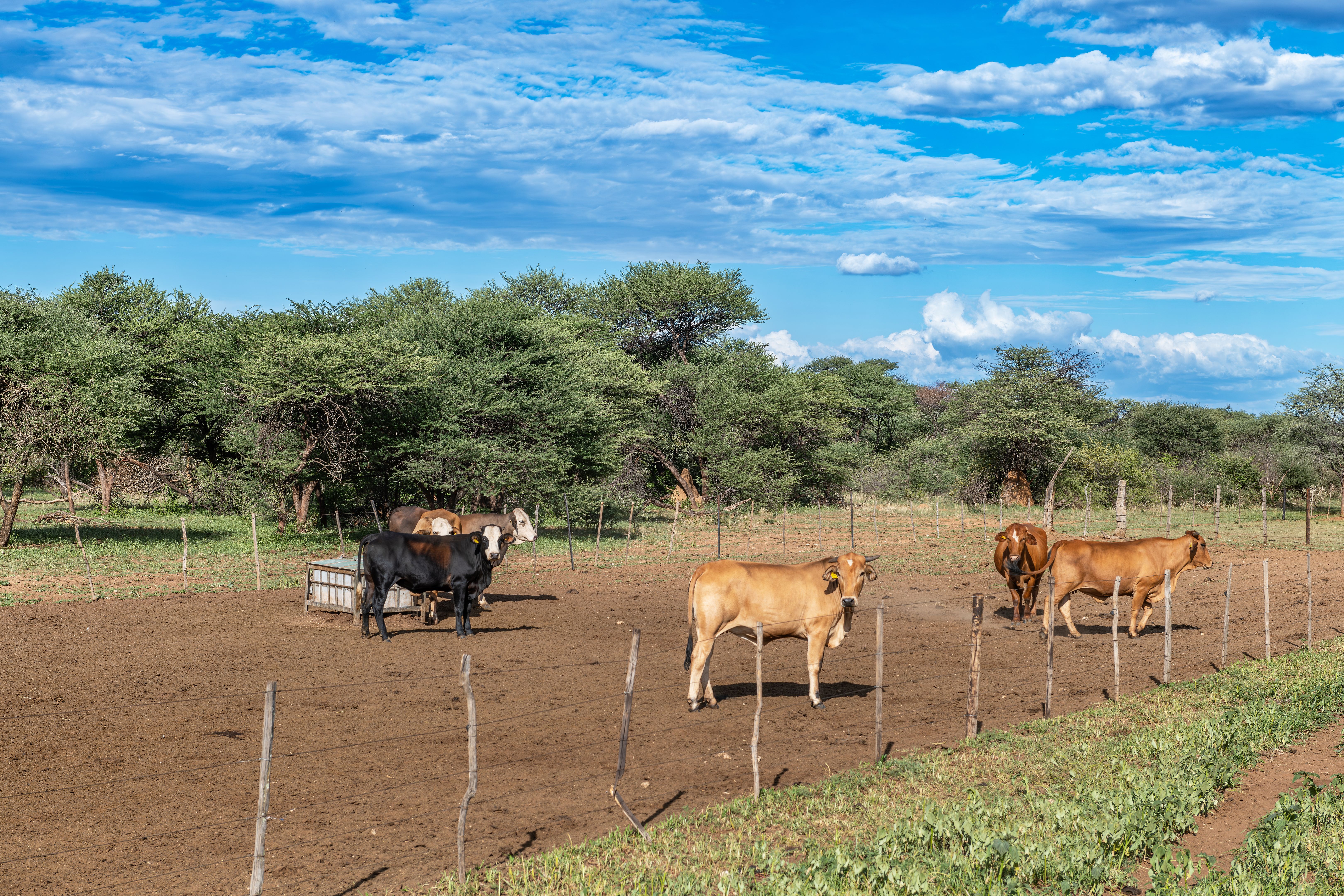Enhancing the Cow Sector in Nigeria and Africa
Introduction to the Cow Sector in Nigeria and Africa
The cow sector plays a pivotal role in the agricultural landscape of Nigeria and Africa. As a critical source of livelihood, nutrition, and economic development, enhancing this sector is essential for sustainability and growth. This blog post explores strategies and innovations to boost the cow sector's productivity and efficiency.
In Nigeria, the cow industry contributes significantly to both the agricultural GDP and employment. However, challenges such as climate change, outdated farming practices, and inadequate infrastructure hinder its potential. Addressing these issues can lead to substantial improvements in productivity and profitability.

Improving Animal Health and Nutrition
Ensuring the health and nutrition of cattle is fundamental to enhancing the cow sector. Healthy cows produce higher quality milk and meat, improving the overall output of the industry. Farmers should prioritize regular veterinary care and adopt modern feeding techniques.
Access to quality feed is crucial for maintaining cattle health. Introducing fortified feed options and educating farmers on balanced diets can help improve cattle growth rates and milk production. Additionally, implementing vaccination programs can prevent common diseases that affect livestock.

Embracing Modern Farming Techniques
The integration of modern farming techniques can revolutionize the cow sector in Africa. Technologies such as precision farming, data analytics, and automated milking systems offer numerous benefits. They enhance efficiency, reduce labor costs, and increase production output.
Farmers should be encouraged to adopt these technologies through government incentives and training programs. By providing access to affordable machinery and digital tools, farmers can transition from traditional methods to more sustainable practices.

Developing Infrastructure and Supply Chains
Infrastructure development is vital for the growth of the cow sector. Improved roads, storage facilities, and transportation networks can greatly enhance the distribution of dairy and beef products. This would not only reduce post-harvest losses but also ensure that products reach markets more efficiently.
Moreover, establishing robust supply chains is essential for connecting farmers with processors and retailers. Collaborative efforts between governments, private sectors, and international organizations can help build these networks, ensuring a steady flow of goods from farm to market.
Encouraging Investment and Research
Investment in research and development is crucial for driving innovation in the cow sector. Research institutions should focus on breeding programs that produce high-yield cattle breeds adapted to local conditions. This would increase productivity while maintaining the genetic diversity of African livestock.
Attracting private investment is also necessary for scaling up production. Partnerships between investors and local farmers can provide the capital needed for expansion and modernization. By showcasing successful projects, more investors can be drawn to the potential of the cow sector.
Conclusion: A Path Forward
The cow sector in Nigeria and Africa holds immense potential for economic growth and food security. By addressing key challenges through improved animal health, modern farming techniques, infrastructure development, and investment in research, the sector can thrive.
Collaboration among stakeholders—including governments, private sectors, and local communities—is essential to achieve these goals. Together, they can create a sustainable future for the cow sector, benefiting millions of people across the continent.
